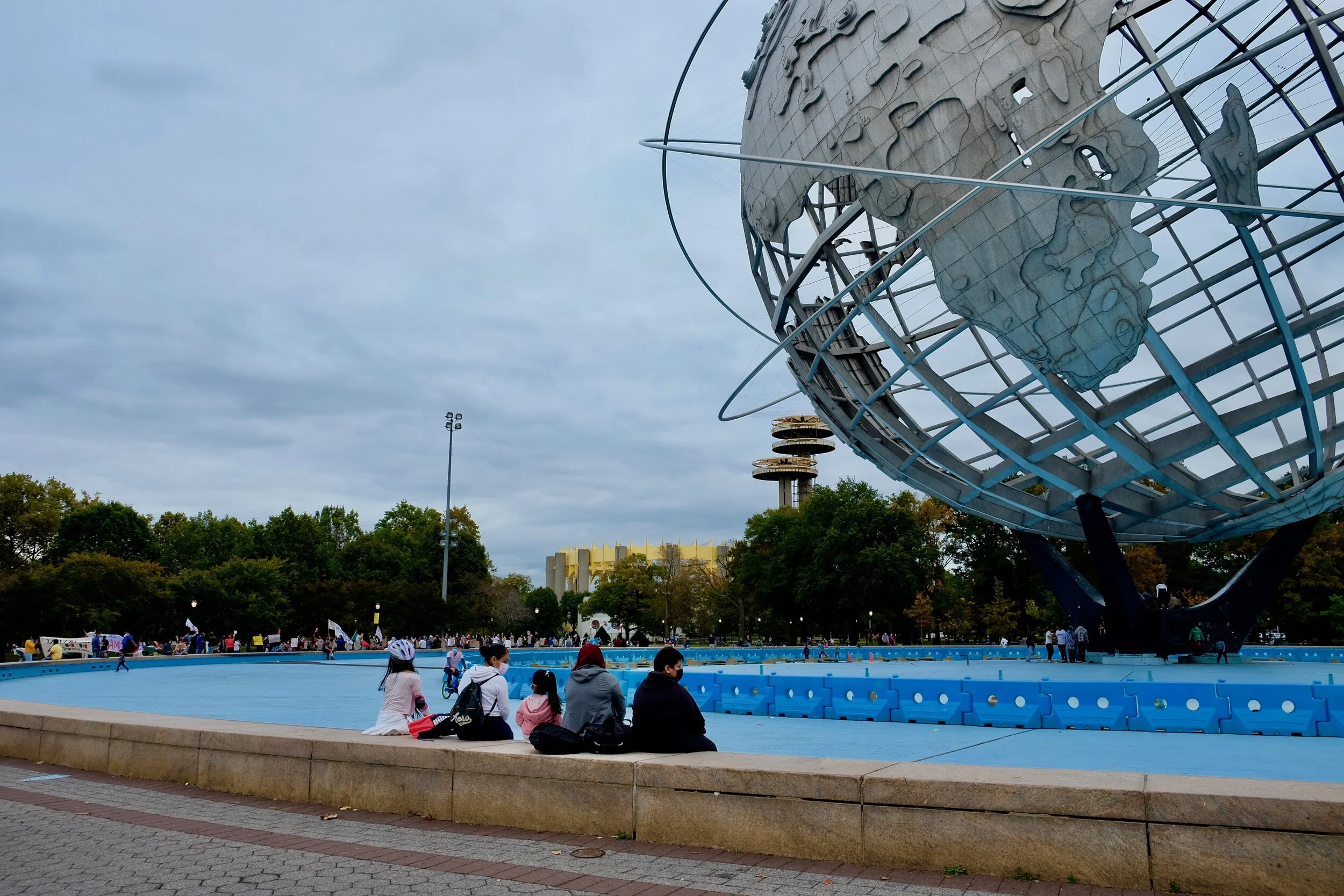By: Heather O’Brien
As is the case across the globe, the people of Queens and elsewhere in the NYC-metro area all face a myriad of climate crises, from polluted waterways to extreme heat, to the imminent threat of rising seas. While all are at risk, certain communities are and will be disproportionately affected by environmental injustice and related health issues. With a population of approximately 2.23 million people, the borough of Queens is the second-largest in New York City. It is also the most diverse, with 47% percent of residents born outside the U.S. One particular issue affecting its residents - that of air pollution - is both representative of similar issues facing people across the country and the world, and also highlights the intersectional lens that one needs to use when addressing climate change.
Representing Rikers
A newsletter from New York City Council Member Costa Constantinides, Queens 22nd Council District, highlighted the immediacy of energy pollution impacting this borough. Constantinides, who is also Chair of the City Council’s Environmental Protection Committee, represents parts of Western Queens, like Astoria. His district also includes Rikers Island, nationally known as the home of a notorious prison - the second-largest such complex in the United States, which the city committed to closing down in the next decade. In response to this announcement in October 2019, Constantinides introduced three bills known collectively as a plan for a Renewable Rikers. Earlier this month, the New York City Council passed two of the bills, Intro 1592-A and Intro 1593-A. The former shifts ownership of the island away from the Department of Correction (DOC) to the Department of Citywide Administrative Services (DCAS), a shift that will begin as early as this summer. The latter directs the Mayor’s Office of Long-Term Planning and Sustainability to conduct a feasibility study for constructing renewable energy sources and battery storage facilities on Rikers to help power Western Queens.
Air pollution in the area is not a new issue. A cursory Google search of “Queens power plants” brings up decade old articles that speak to this problem. Queens has the most diversified economy of all five boroughs. It’s also home to the most power plants in the City, including the gas-powered Ravenswood Generating Station, which happens to sit next to the New York City Housing Authority (NYCHA)-operated Ravenswood public housing complex, home to some 4,100 people.
Ravenswood Generating Station is just one of many power plants scattered across Queens, sitting adjacent to people’s homes. These huge gas-powered plants - also known as secondary or peaker plants - were established decades ago, with scant public input at the time; because they were originally intended to be temporary, their construction did not undergo a proper environmental review. They were also only meant to be used a few times a year during peak energy periods - like the height of summer when air conditioners are blaring - but now run fairly regularly due to the city’s increased energy needs, emitting twice as much carbon dioxide than regular power plants in the process.
Who is paying the price?
As a result of these plants, Astoria has earned the unfortunate distinction of being nicknamed "Asthma Alley,” with higher rates of asthma than in most parts of the City. Historically marginalized Black and Latinx communities are the ones paying the price, adding environmental injustice and harm to the slew of systemic inequities facing those most marginalized. Across the Five Boroughs, these groups have been disproportionately likely to end up on Rikers at some point in their lives: 87% of those held in custody on Rikers are Black or Latinx, despite the fact that those groups make up just over half of the City’s overall population. And especially in Queens, these low-income communities have been disproportionately affected by asthma and other pulmonary issues, due to living in housing adjacent to super polluter plants - making them more susceptible to the worst health outcomes of our global COVID-19 pandemic. Meanwhile, densely populated Rikers prison has also been highly affected by the pandemic. Queens has been hard-hit by the pandemic, which has especially impacted communities of color, generating a vicious cycle that continues to play out. The intersectionality of issues clearly illustrates the reality that environmental justice and racial justice are firmly intertwined.
Debating a ‘Renewable Rikers’
It would seem that Council Member Constantinides’ plan is a win-win all around: capitalizing on closing a nefarious prison to reassess the use of the site and channel it as a force for positive energy - literally. It will benefit the people of Western Queens who have faced the long-term consequences of both power plant pollution and the prison itself. A Renewable Rikers will be a step in the right direction, propelling New York City to achieve their 2019 climate goals of 100% renewable energy in 30 years.
The proposal gaining the most traction would see Rikers converted into a renewable energy storage site, to relieve pressure on the grid during peak energy use times. It would be a leap away from dirty fossil fuels, an opportunity to create more green jobs in fast-growing areas, and would prevent future incidents stemming from aging fossil-fueled power plants, like the Con Edison transformer explosion in December 2018. Low-income Black and Latinx New Yorkers must stand to benefit from and be included in any new plan for the site. Thankfully, Intro 1592-A will create a 15-member advisory committee whose membership will include at least four people who have been impacted directly by incarceration on Rikers Island.
Despite all of the obvious arguments for it, there remains push-back. In the November 2020 election, the Republican candidate for Queens borough president, Joann Ariola, made retaining Rikers Island as a prison a central part of her platform. She cautioned that should Rikers be closed, new prison facilities would then open in other locations out of necessity, such as a proposed site in Kew Gardens.
Projects that ultimately seek to maintain the status quo continue to percolate. Just this past fall, NRG Energy, Inc. submitted an application to New York State for a new natural gas-fired power plant on the western Queens waterfront, which is actually an overhaul of an existing peaker plant. This so-called Astoria Replacement Project, if approved, would fly in the face of the City’s progress towards a clean energy future, cementing a reliance on fossil fuels. An NRG study showed that the proposed upgrade would generate $156 million for the State’s economy during the construction phase and 510 jobs during construction, but only 73 permanent jobs once the facility is up and running. The project is still actively under consideration, but public comments will be accepted up to and during one additional public meeting hosted by the New York State Department of Environmental Conservation (DEC). The meeting date is currently TBD, but Queen’s residents can submit comments and questions to the DEC directly at comment.nrgastoriagas@dec.ny.gov.
The Renewable Rikers plan is a leap forward to building a sustainable future for New York City, and could serve as a model for renewable energy projects elsewhere. While exploring the use of renewable energy generation and storage, wastewater treatment, and organic waste processing, it will turn what has been a harmful blight on the community into something that can nourish it. It will also energize the decommissioning of other crumbling peaker power plants, which have cost roughly $4.5 billion to maintain over the last decade; that figure excludes the environmental and health damages caused by these plants. CUNY Law School's Center for Urban Environmental Reform has projected that using only 100 acres of Rikers Island, one quarter of the entire island, for solar energy generation and storage would enable this change.
Projects like these are a collaborative effort among many and take time, which is unfortunately not on our side as we confront the realities of climate change. It is crucial that we take action as quickly as possible. At this point, responding to our climate crisis should not be a political issue. It’s never been more important to vote for local, state, and national leaders who center our climate reality in their platforms, and keep the pressure on elected officials to rise to the occasion. A recent opinion piece objecting to the NRG project noted the need for “shovel-ready” projects to combat climate change. So be sure to actively participate in local government - and keep your shovel by the door.
***
Heather O’Brien works at The New School, is the Director of Events at Impact Human, and is the mother of a rambunctious one-year old. You can find her on Twitter: @heatho007.
***
Ready to make an impact? Take our Impact Pledge and commit to learn, share, and act on climate change and environmental justice.
Have a climate or environmental story to share? Submit your story to us here.

